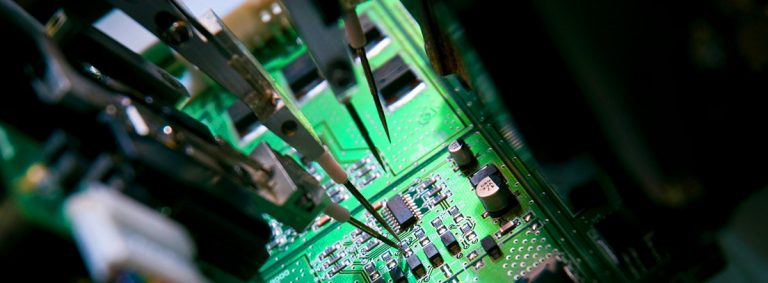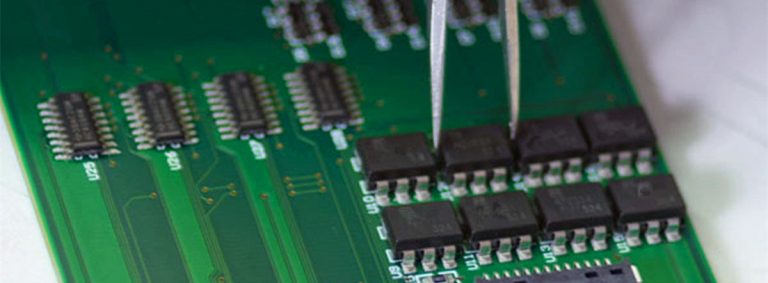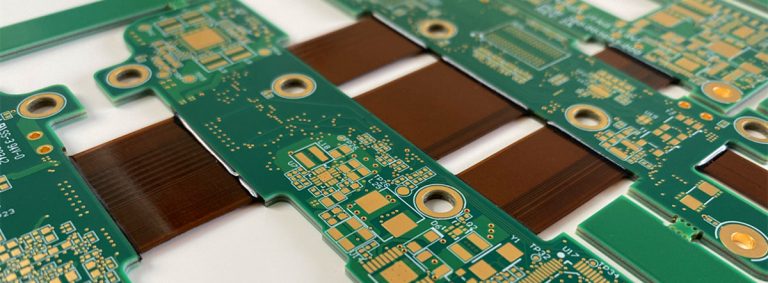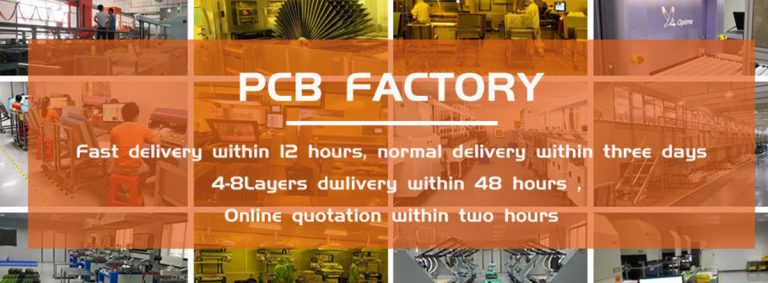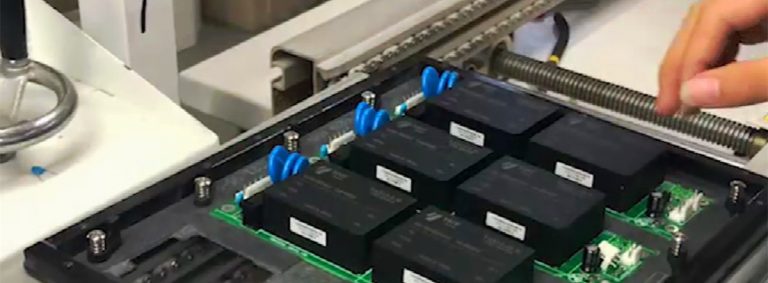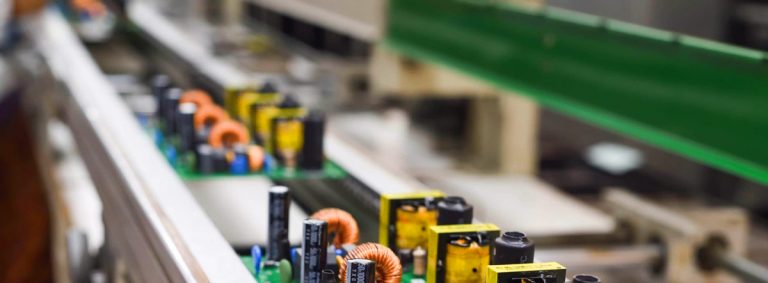How Does SMT Surface Mount Technology Affect and Speed Up PCB Production Time?
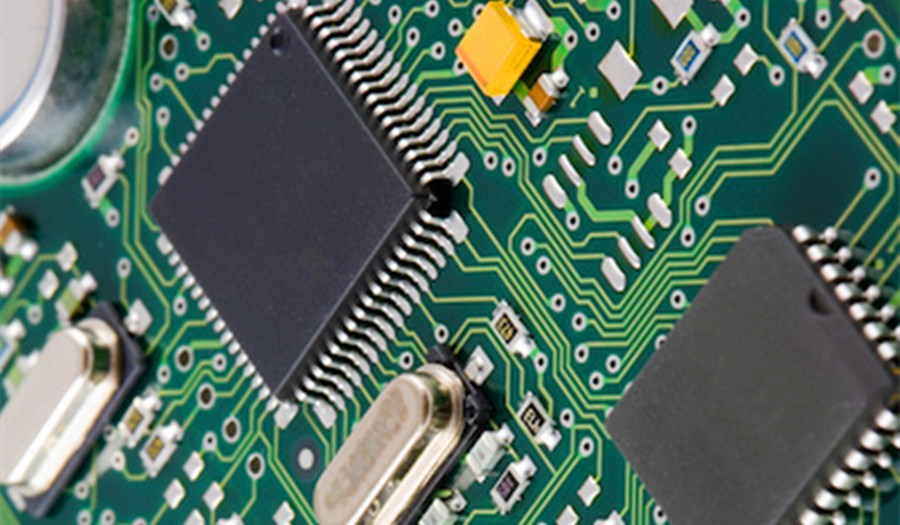
Most mass-produced electronic hardware today is manufactured using surface mount technology or SMT.
The Surface Mount Technology:
The concept of basic surface mount technology (SMT) basic through-hole fabrication continues to provide significant improvements. By using SMT, the bare board PCB does not need to be drilled on it. Instead, all they do is use solder paste. Besides adding a lot of speed, this simplifies the process significantly. While SMT mount components may not have the strength of through-hole mounts, they offer many other advantages to offset this problem.
The Differences between SMT and through-hole include:
1. The widespread space problem in through-hole mounting is solved by using surface mount technology. SMT also offers design flexibility as it gives PCB designers the freedom to create specialized circuits. Reducing component size means that more components can be accommodated on a single circuit board, and fewer circuit boards are required.
2. Components in SMT mounting are leadless. The shorter the lead length of the surface mount component, the lower the propagation delay and the lower the package noise.
3. The component density per unit area is higher because it allows components to be mounted on both sides, it is suitable for mass production, thus reducing the cost.
4. Reduced size increases circuit speed. This is actually one of the main reasons why most manufacturers choose this method.
5. The surface tension of the molten solder pulls the component into alignment with the pad. This in turn automatically corrects any small errors that may occur in component placement.
6. SMT has been shown to be more stable in the presence of vibrations or large vibrations.
7. SMT parts are generally lower cost than comparable through-hole parts.

SMT can greatly reduce production time as no drilling is required. Additionally, SMT components can be placed at a rate of thousands of placements per hour, compared to less than a thousand for through-hole mounting. This in turn results in products being built at the speed envisaged, which further reduces time-to-market.
All this is not to say that SMT has no inherent disadvantages. SMT can be unreliable when it is used as the only attachment method for components that are exposed to substantial mechanical stress. Components that generate a lot of heat or are subject to high electrical loads cannot be installed using SMT. This is because solder can melt at high temperatures.
Therefore, through-hole mounting may continue to be used where there are special mechanical, electrical, and thermal factors that render SMT ineffective. Additionally, SMT is not suitable for prototyping as components may need to be added or replaced during the prototyping stage, and high component density boards can be difficult to support.
With the powerful advantages SMT offers, it is surprising that they have become a major design and manufacturing standard today. Basically, they can be used in any situation where high reliability and high volume PCB production is required.


